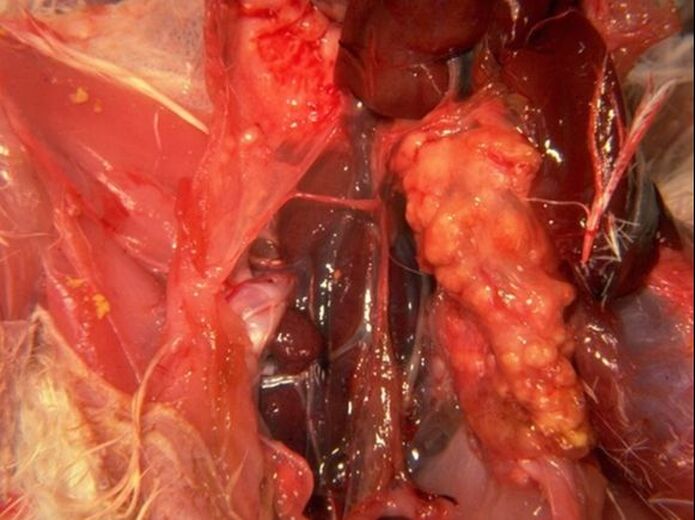pneumonia
It is an inflammation of the lungs.
Animals attacked include Calves, kids, lambs, piglets and poultry. Cause:
Bacteria (Mycoplasma mycoides) dust worms in the lungs.
Predisposing causes
Symptoms
Control
Aspergillosis (Brooder pneumonia) in Poultry
It has its name because the disease results in pneumonia in young chicks, which are reared under brooders. Occurs everywhere poultry are reared.
Species affected:
All species of poultry
Age affected:
Mainly seen in young birds.
Causes:
Aspergillus fumigatus, A. flavus, and A. niger.
[Aspergillus fumigatus is a species of fungus. It can be found throughout the environment, including in soil, plant matter, and household dust. The fungus can also produce airborne spores called conidia.] Effects:
Manly respiratory system, but fungi can spread to other parts of the body.
Signs include respiratory distress (dyspnea and gasping), central nervous dysfunction (tremors, ataxia, and torticollis), somnolence (sleepy), inappetence, and emaciation (very thin). Mode of transmission
It spreads by aerosol of spores, which are common in the hatchery. Spreads less commonly by contaminated dust and litter in the house.
Clinical signs
Signs include respiratory distress (dyspnea and gasping), central nervous dysfunction (tremors, ataxia, and torticollis), somnolence (sleepy), inappetence, and emaciation (very thin). Conjunctivitis, high mortality, and cloudy eyes can be seen.
Postmortem lesions
Yellowish‑green or whitish, caseous (cheesy) nodules and/or green, fur‑like down in mouth, palate, lungs, syrinx, viscera, air sacs, brain and eyes may be seen.
Diagnosis
Fungus can be identified microscopically (20% KOH stain) from culture or special stain of tissues (Hyphae, Mycelia, Conidiophores). Isolation of culture in 48 hours on Sabouraud dextrose agar is diagnostic. Lactophenol cotton blue staining of colony to see conidophores.
Prevention & treatment
Hatchery sanitation includes regular fumigation of eggs, machines and air ducts and regular (monthly) plating of hatchery with media to examine for the presence of fungi. Use clean dry litter and dry cups or nipples to reduce water spills. Antifungals in the feed or water.
Content & Image Credit
Related Searches
0 Comments
|
Categories
All
Archives
May 2021
Quick Agriculture Revision Notes
|
||||||||||||||||||||||||||||||||||||||||||||||||||||||||||||||||||||||||||||||||||||||||||||||||||||||||||||||||||||||||||||||||||||||||||||||||
We Would Love to Have You Visit Soon! |
Hours24 HR Service
|
Telephone0728 450425
|
|
8-4-4 materialsLevels
Subjects
|
cbc materialsE.C.D.E
Lower Primary
Upper Primary
Lower Secondary
Upper Secondary
|
teacher support
Other Blogs
|

 RSS Feed
RSS Feed